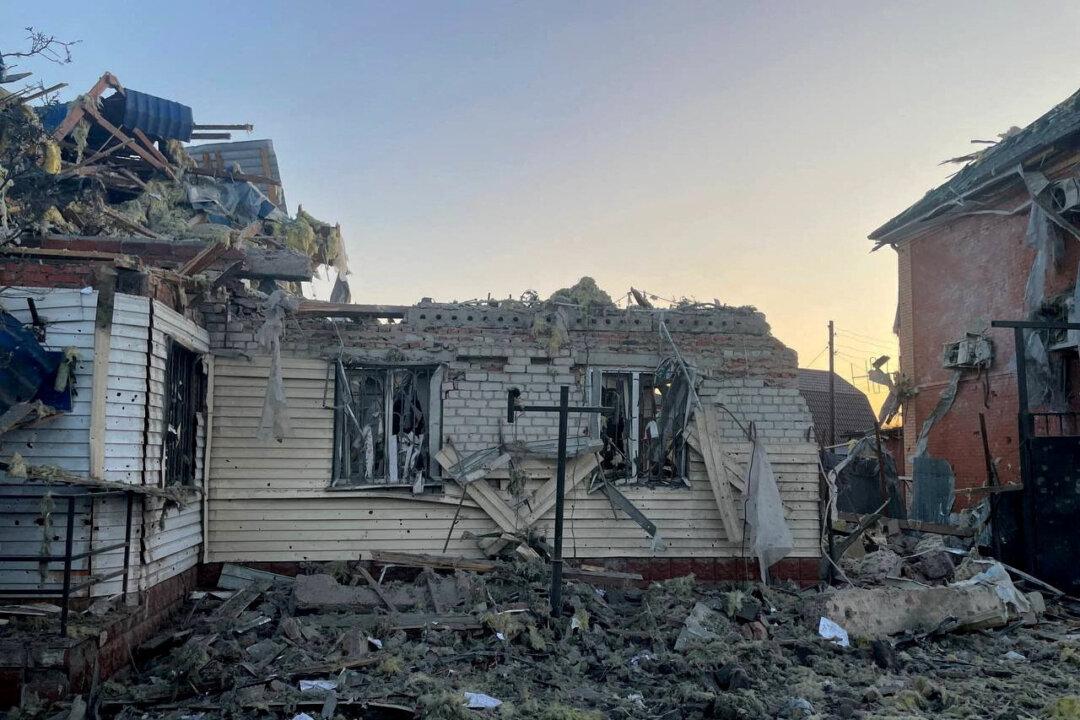Commentary
On Aug. 7, Ukrainian forces launched an infantry assault nine miles across the Russian border. It was aimed at the Sudzha gas hub—the only point of entry for Russian gas into the European Union (it also supplies Ukraine). This diversionary attack has two purposes. Firstly, to attack Russian energy infrastructure, and secondly—and most importantly—to draw in thousands of Russian troops, equipment, and planes so they can be destroyed piecemeal by Ukrainian drones and missiles.

